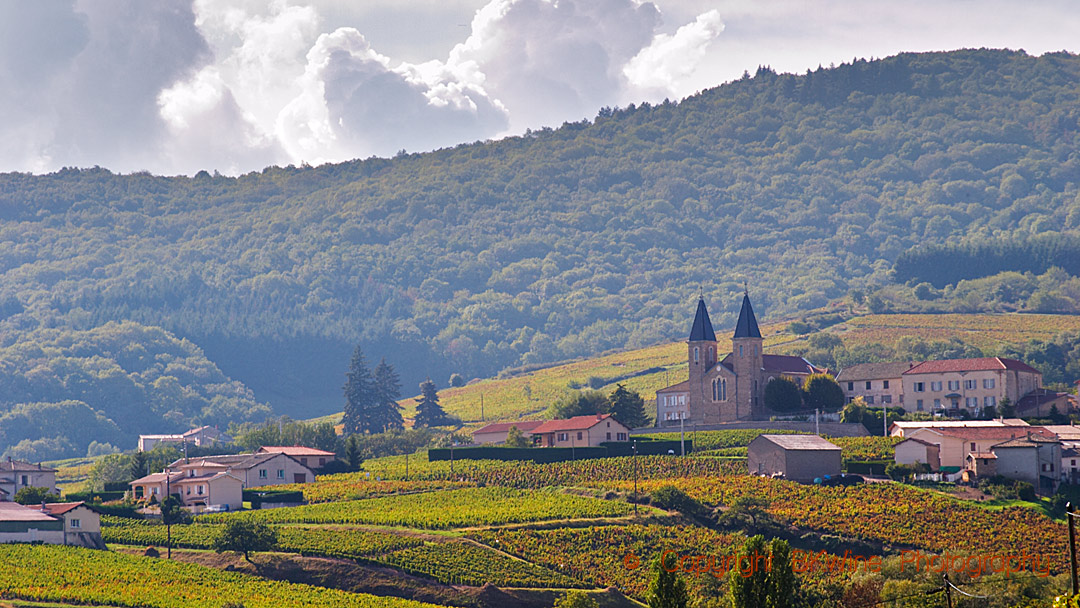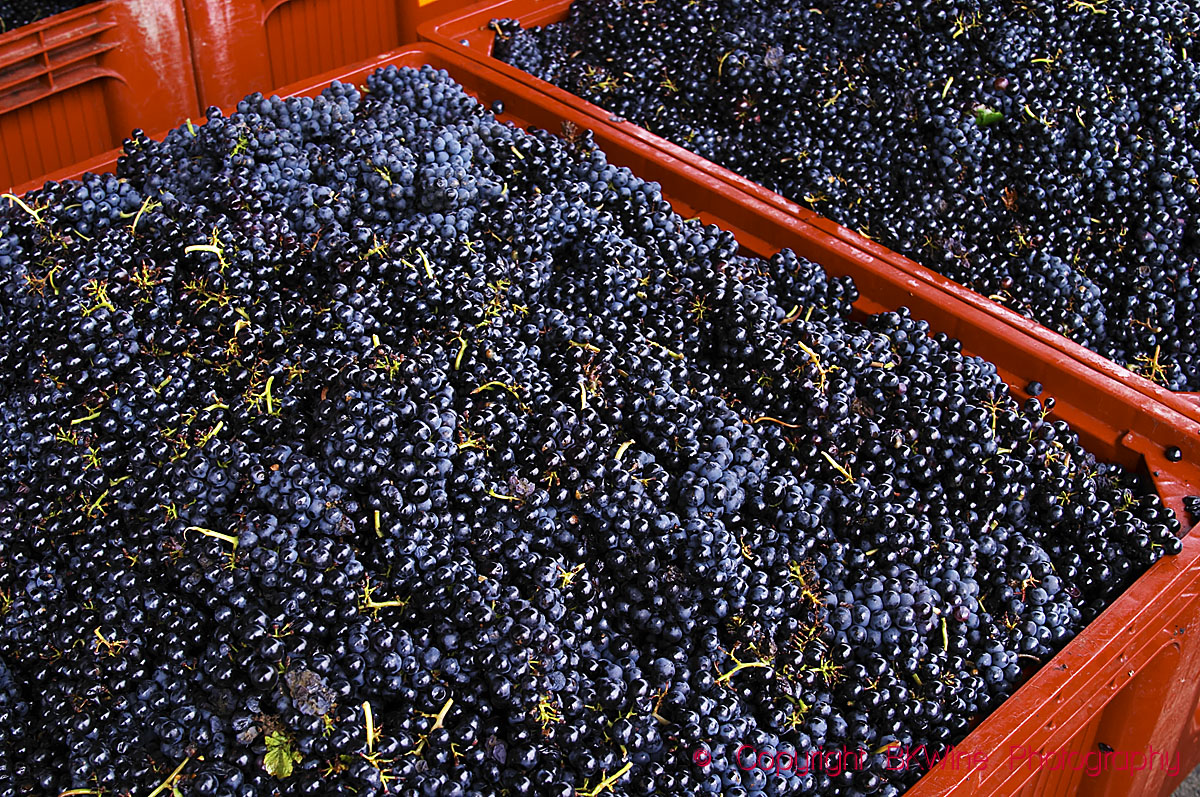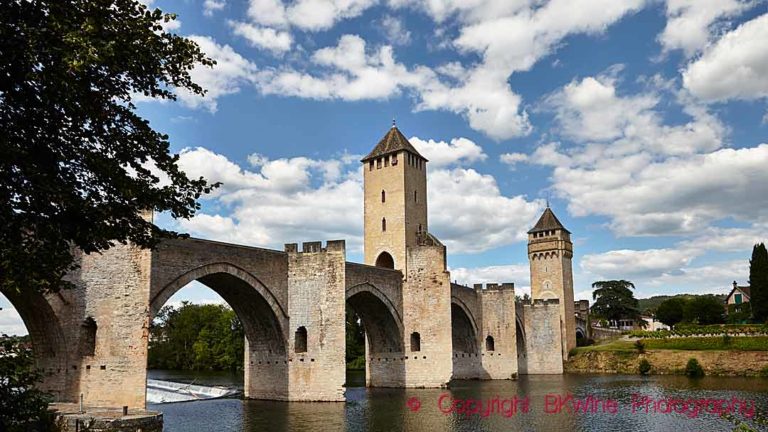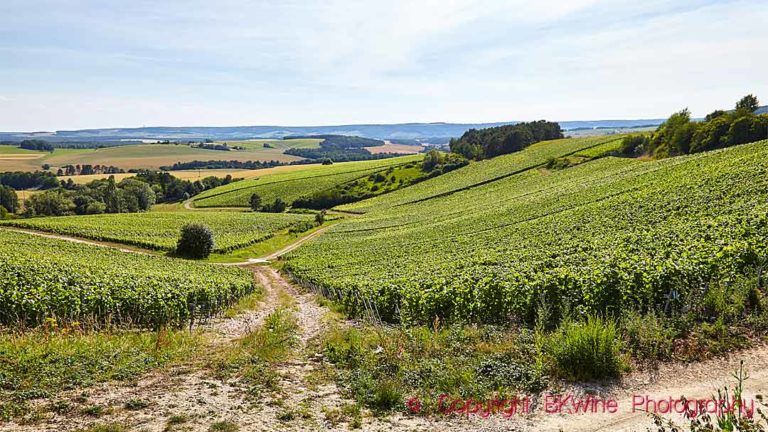Although Beaujolais is a reasonably strong brand in itself, it is still, for many people, associated with Beaujolais Nouveau, the super fresh wine that we drink only two months after the harvest. As consumers increasingly discover the “real” Beaujolais, growers feel the timing is right to highlight the region’s multifaceted character. Three small cooperatives are pulling their weight through a joint venture that started this spring, called the “Grands Terroirs du Beaujolais”.
It is likely that soon some vineyards will be named “premier cru” (a denomination that today does not exist in Beaujolais) in the northern part of Beaujolais, where the ten cru villages are located (Morgon, Brouilly, Moulin-à-Vent, etc.). It will give prestige to Beaujolais, which is probably a good thing. But one should not be too obsessed with wine and vineyards considered by someone as “the best”. Different terroirs in different parts of Beaujolais give different styles of wine. The producers and a host of other details will also affect the result. As always.
This is precisely what the Grands Terroirs du Beaujolais wants to show. The project was initiated by growers representing three parts of Beaujolais, the northern part with its cru villages, the middle (sometimes called Les Loges) where they do mostly Beaujolais Villages and the southern part called Beaujolais Pierre Dorées. The purpose is to emphasize that Beaujolais is not just one style of wine but several different ones.
The three wines launched this spring are available in red, white and rosé. We have tasted the red ones.
The only grape allowed in red Beaujolais is gamay. The typicity of the grape is that it is refreshingly pleasant. But some Beaujolais are mouth-watering and easy-drinking, whereas others are more structured.
The colourful labels represent symbols of the region, a heron on the Beaujolais wine, a carpenter bee on the Beaujolais Villages and a Morison’s spurry on the cru wine. All labels are painted by the French artist Maud Briand. They are beautiful and eye-catching, and the idea is probably that they should convey the region’s environmental awareness.
So, for the wines :
Terroirs des Pierres Dorées – Huppe Fasciée, Beaujolais Pierres Dorées 2021
A beaujolais in a typical and unpretentious style. Succulent, refreshing, aromatic and fruity. (~ 9 euros).
The southern part of Beaujolais is called Pierres Dorées, the golden stones, named after the beautiful, ochre-coloured limestone from which churches, houses and castles have been built. The landscape is green and rolling, and the picturesque villages are many. It is like a quiet oasis just before the big city of Lyon takes over.
Terroir des Loges – Abeille Charpentière, Beaujolais Villages 2020 Cave du Château des Loges
Fruity and aromatic with ripe, fresh raspberries, black cherries, spicy and floral. The acidity is refreshing, and there is also a good structure. The wine has a round, generous body. (~ 13 euros).
The Cave du Château des Loges cooperative has 400 hectares owned by 150 growers. A large part of the surface is certified HVE (Haute Valeur Environnementale), a French sustainability label. Château des Loges mainly makes wines with the appellation Beaujolais Villages.
Terroir des Crus – Spargoute Printanière, Chénas 2020, Cave de Chénas
A delicious and intensely aromatic wine with a nose and taste of ripe, red berries. Concentrated on the palate but still in an easy-going style, but with structure. Refreshing acidity in the finish. (~ 17 euros)
The northern part of Beaujolais begins just south of Mâcon. The soil is granite-rich and here we find the ten famous cru villages. From south to north, it is Brouilly, Côte de Brouilly, Régnié, Morgon, Chiroubles, Fleurie, Moulin-à-Vent, Chénas, Juliénas and Saint-Amour on the border with Mâconnais.
Eighty grower families with a total of 200 hectares of vineyards make up the Cave de Chénas.
















2 Responses
This village on the picture is called Saint Joseph
Maxime,
You’re right. Thanks for pointing it out. I will correct it asap. Am currently in Argentina.
/Per